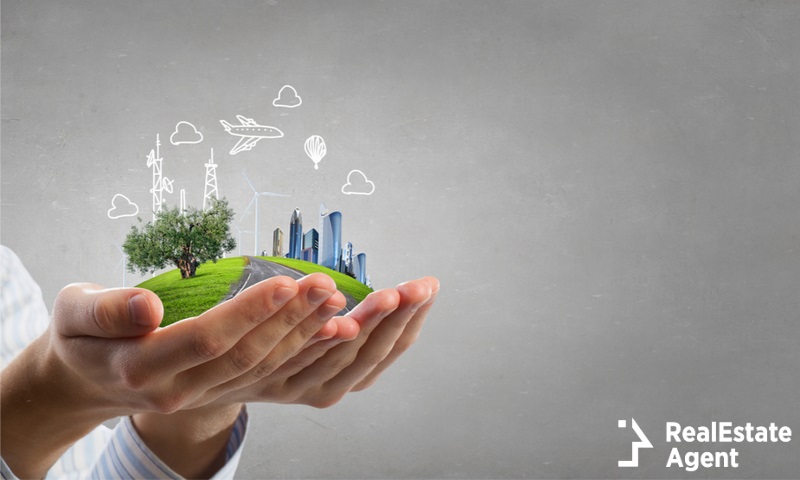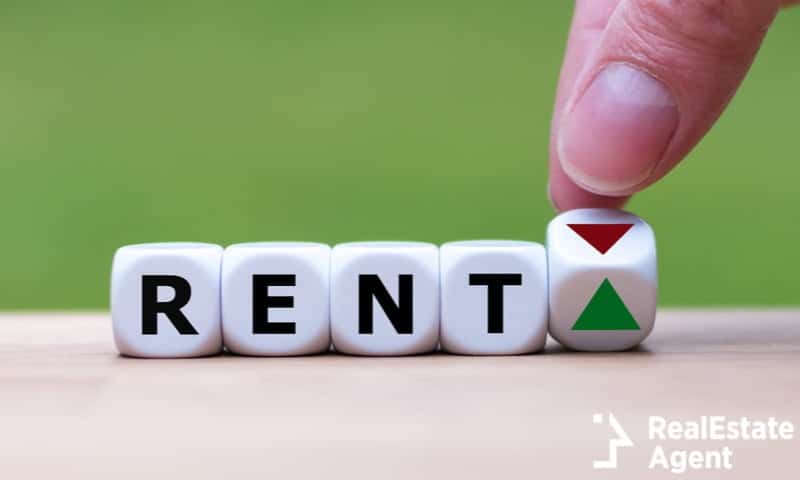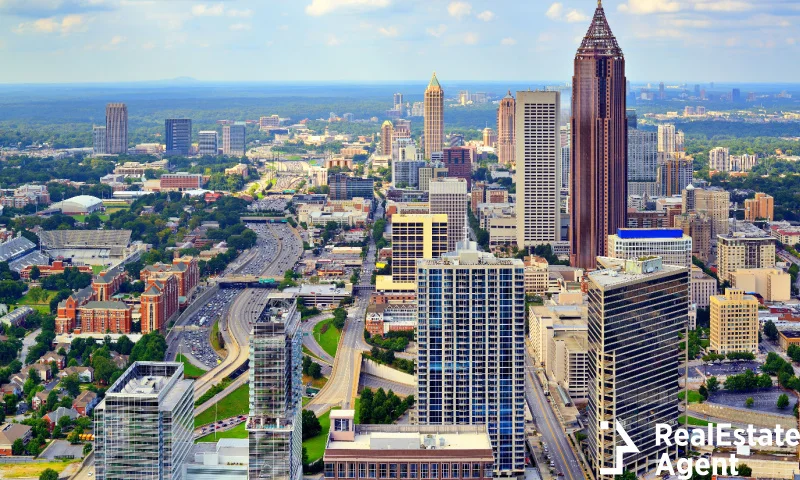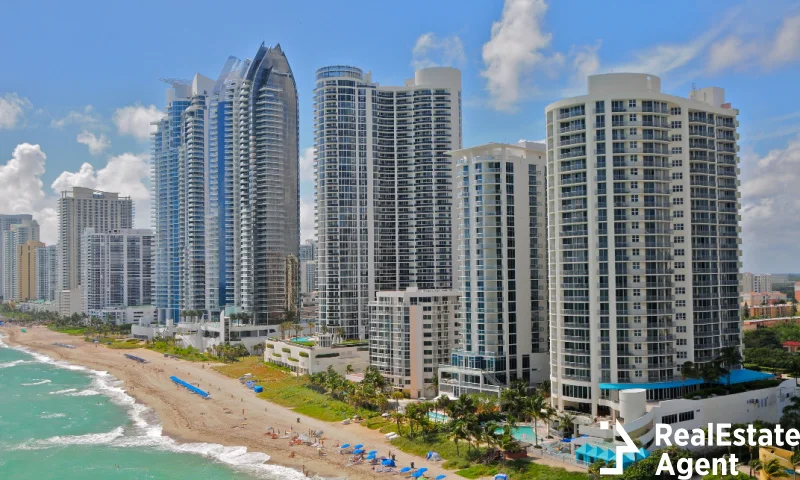Are you looking for a new home? We know looking for a place where you can start a family or a new business may be time-consuming and some may find it tiring, but the real estate market is trying to give us the best options possible. While we may focus on schools and scenic value, whether it has a view overlooking a park or a forest, or if it has parking spots available close by, the real estate agents have to pay attention to more important factors that might otherwise be overlooked. Environmental issues are just one of those things as real estate’s effect on the environment is an important factor for developers in this day and age. A business focused on real estate has no interest in selling property with environmental issues. That should be given.
In general, you either rent or buy a property taking into account it’s location, proximity to the office, affordability, means of transport and school districts but real estate investors and developers know and should pay attention to many other factors that you might only think about years down the line from having made the purchase. The impact that environmental issues can have on your health doesn’t make themselves known in the first weeks or months and it should be a focus for any buyer.
The real estate developers face several environmental issues when making investments for new projects. Living in a changing world that discovers the effects the old world had upon the environment and how it created environmental issues that make it more problematic to selling property with environmental issues today. The question is: Can we live in a location that had been contaminated in the past? The answer is yes, we can, as long as the measures are taken by the developers to ensure that the hazard has been eliminated.
Environmental Issues
The most common environmental issues that real estate developers are facing can be corrected.This is among the new trends for 2020 in real estate, as well as millennials searching to buy, and what they want to buy is a trend in itself and that is smart homes. Millennials are settling into their family lives and they are returning to the suburbs in what is newly called the “hipsurbia” cool suburban communities that are more pedestrian friendly and focused on involving the community more. You may wonder what are some of the most common types of environmental issues. We will discuss this further below.
Soil Pollution

This can be a result of unresolved environmental issues, deforestation, former drycleaning sites, gas stations with leaking tanks, industrial facilities or others that may have historically used practices for disposing of their waste in ways that would not be accepted today. These might cause environmental issues for future developers which is why studies are made every day to assess a location for potential investment. How the pollution may be treated is very costly and there are practices and insurance policies that can cover costs, or government granting tax reductions for those who take it upon themselves to ensure the safety of the soil. It can be done and should be done before anything is developed in the area. Selling a property with environmental risks makes the developer liable for suits and large losses, which is why, while the costs of treatment may be high, it won’t be as high as the suits that they are liable to. Sustainable agricultural practices can help clean and bioremediation which introduces microorganisms into the soil to breakdown the contaminants, whether they are from chemical agriculture or industrial waste. Reforestation had a great impact as well as does adding as many green areas and parks in new developments. Nature has ways in which it can repair itself that work on a greater scale than we may imagine.
Air Pollution

Whether it may be unpleasant odors from unauthorized rubbish dumps or inappropriate waste management these are some of the most disruptive elements for any home or business owner. These can be counteracted with the aid of the management of the city and completely taken out of the picture when the location is chosen by taking this aspect into account. However, when it can not be, there are ways in which the developer can work to diminish environmental issues like these, be it by installing a smart disposable system and ensuring waste management that would take care of the problem. Some systems intake carbon monoxide from the atmosphere and transform it into stone, successfully trapping the poison that we breathe every day for millions of years. The only geothermal power plant that uses this system is in Iceland and the technology promises a cleaner future for all of us. It works as trees and plants do, but natural elements also help and add value to the scenery of the development.
Car emissions, while it is considered an air pollutant, almost deserves a place of its own, but to keep the technicalities in line, we’ll just make it part of this bigger issue. It is the biggest problem, especially in major cities, many cities are already taking measures to try and reduce the effects. Alternative means of public transport, green busses, and taxes implemented for the center of a big metropolis help. A better implementation of bicycle lanes and educating the public towards a healthier lifestyle would have a bigger impact, however.
There are steps being taken to improve the carbon monoxide levels in the air since the United States enacted the Clean Air Act in 1970. Cities like Boston contrasted in 2018 with the average rise in ozone emissions levels as it declined in ozone pollution. Connecticut’s air pollution managed a 57% drop during the last decade, but Vermont is still considered the cleanest place in the United States.
If we are to look at European cities we have Amsterdam, Delft, and even London. Education does play a major part in this, but so does environmental real estate, with the help of municipalities, by planning a smarter way to organize the traffic and get rid of the ever-present smog. For example, every rooftop that can implement it in London, have gardens and a real oasis for those living in the center of the UK’s formerly, most polluted city. That has been done precisely because the entities involved in the development of the city took into account the environmental issues that they were facing.
Getting back on US soil, in Connecticut industrial facilities implemented nearly 4000 new ways in which to reduce pollution and chemical waste and in New England, the investments made by harvesting electricity from hydropower or wind power increased the air quality in the area.
Noise Pollution

Living in the center of a big city does have its merits. However, city centers or an industrial area, not to mention proximity to a freeway can be unattractive for other reasons. Selling property with environmental issues, these being loud noises at all times of day and night, can be problematic, but there are ways in which noises can be handled in a manner that it does not only give buyers an oasis in the middle of a hectic metropolis but also, help ensure that the investment itself would bring profit.
Industrial noise or noise emitted by power lines and high traffic or even the proximity to an airport are factors taken into account when selecting a location for new development. Noise barriers that line up highways or lines of trees between the development and the environmental issues can also help increase the scenic value of the investment and make it a more hospitable place. Rather than hearing the road and rail traffic at all hours, you could ensure the new lodgers could enjoy a peaceful sleep with a view of trees and maybe even a man-made spring.
Water Pollution

Polluted surfaces of water, quality of drinking water are obvious problems when it comes to selling property with environmental issues. The hidden factors, however, are more difficult to treat. Inappropriate disposal of toxins that can leak into the groundwater and make the drinking water toxic for generations to come is something that also impacts the soil. The famous fracking scandal that inspired the Oscar-winning movie Erin Brockovich is a nightmare for any real estate developer as selling property with environmental issues can cause a lot of bad press for the developer of the industrial site, or whoever takes over that area and does not ensure it is safe for residential development.
There are ways to ensure that leaks that can infiltrate the groundwater do not happen as long as they don’t cut corners and ensure safe disposal of the toxic waste. There are ways to combat these factors that can be implemented with the help of the government. Some use, as specified above, microorganisms as well as microbial plants and their enzymes which gradually degrade contaminants. We don’t have to run away from water as it is a requirement for human life and it increases the value of any property not only for the developers, but most especially, for the owner.
Climate-change

The impact that climate change already has on our planet is a serious matter and the real estate market will be heavily impacted by this as well. Sea-side holiday homes may no longer be the comfortable getaway it used to be as predictions of floods and water levels rising is an ever-growing concern. A location on the banks of the Hudson river will no longer be a luxury that increases the value of the property but would become a real estate with environmental issues due to the high probability of floods. The heat increased would make selling property with environmental issues even more problematic as it would raise the costs required to cover the cooling systems. Miami in investing is resilience, raising sidewalks and seawalls as the threat of sea level rise is bigger on the island.
As decades keep breaking records of temperature, real estate effect on the environment would be felt as the requirements from the consumers will change as well as the areas being developed, or simply because people would seek a cooler climate and migrate north. The high levels of droughts, floods, and wildfires will also impact the building materials used and the locations in which developments are made. The red tides effects are already having an impact on the real estate market in Florida as real estate prices drop and tourists turn away from the smell. The effects are already felt and the increase of hurricanes will only worsen the situation.
Environmental Real Estate

All these aspects can be managed through a good analysis of the real estate effect on the environment. Being a socially responsible developer or environmentally responsible one isn’t as difficult nowadays as it had been 15 years ago. Studying the environmental issues of the property and taking into account all the factors to become an environmental real estate business, focused on eco-friendly development and reducing the carbon imprint through the right development practices should be the cornerstone of real estate developers for a better and cleaner future.
Governmental partners offer incentives for environmental real estate that ensure a lower carbon imprint as well as for treatment plans that would ensure a cleaner area. Investing in these technologies would also increase the value of the property both for the developer and the buyer as living in a clean environment with a strong focus on health and safety would make the buyer happy in the long run.
Those developers that involve themselves in ensuring the sought after comfort of their customers, could also look into the U.S. Green Building Council which is a great way to research for smart homes that are green in the way they save energy, recycle water and provide an added incentive for buyers if they could control their home appliances from their smartphone. Environmental real estate would also create better neighborhoods but also lower energy consumption as there are also incentives granted in areas where renter energy consumption data is shared and rewarded, which is key to energy reduction.
We are improving our ways and the new trends of environmental real estate is heading in the right direction. Sustainability is key here. As education took us through the industrial revolution, it will also lead the way towards a better understanding of our planet, its limitations and our role in it; to respect our environment, enrich it when possible, as it is our home – an extension to the walls and roofs that protect us from rain and provide us the warmth in cold seasons. The real estate effect on the environment can be good if these aspects are taken into account, but all of us should also look past our particular comfort as comfort is granted to us, if only we grant nature the respect it relies upon.








